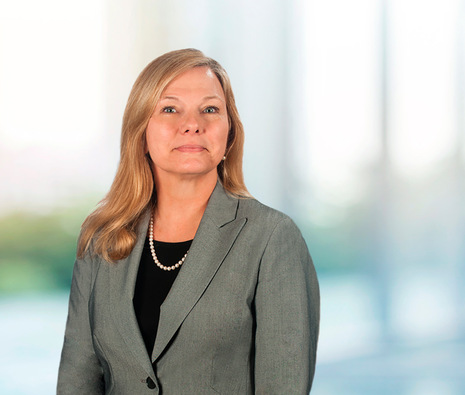Uninsured Motorist Coverage Requires Eyewitness - Circumstantial Evidence Is Not Enough
While there are myriad cases interpreting uninsured motorist (UM) coverage in South Carolina, some aspects of the coverage are well determined. No policy of insurance may be issued without providing for the coverage, in an amount not less than $25,000, for injury to or destruction of the property of an insured. It is equally well established that the coverage is remedial in nature and therefore liberally construed to favor the injured. It has even been determined that the coverage is available for stacking. Yet, despite the efforts made over the years by our courts, the nature of the coverage and its inherent complexity continues to give rise to questions, including one recently addressed by our Supreme Court. Silva for Estate of Silva v. Allstate Property and Casualty Insurance Company, 2018 WL 4101084 (August 29, 2018).
In the early morning hours of January 2016, law enforcement responded to a 911 call of a motorcycle accident. The responding officers found decedent and his motorcycle in a ditch. Upon further investigation, they found he had five gunshot wounds on his left side. A surveillance video from a nearby church revealed an unknown vehicle following the motorcycle seconds before the 911 call. There was no witness to the accident. The estate sought recovery of UM benefits, relying upon an affidavit from an investigating officer that opined an individual in the unknown vehicle shot and killed Silva. Allstate declined to pay the claim, requiring further investigation. The estate then filed a wrongful death action against “John Doe” in state court, followed by a declaratory judgment action in district court seeking a determination that UM benefits should be tendered, as well as damages for Allstate’s purported bad faith. The matter came before the court on cross motions for summary judgment. Pursuant to the estate’s request, the court certified the following question:
Can a law enforcement officer who conducts an
official investigation of an accident that was not
contemporaneously observed by an identified
surviving person be a “witness” under S.C. Code
38-77-170.[1]
Generally, three requirements must be met in order to recover UM benefits:
- the accident must be reported within a reasonable time by the insured or someone acting on his behalf;
- the injury was caused by physical contact with the unknown vehicle or the accident must have been witnessed by someone other than the owner or operator of the insured vehicle, provided the witness signs an affidavit attesting to the truth of the facts of the affidavit;
- the insured was not negligent in failing to determine the identity of the other vehicle or its driver.
Without question, UM statutory coverage is designed to afford protection to one injured as a result of the negligence of an unknown motorist. The statute is likewise designed to protect against fraudulent claims. Consequently, the statute must be examined while maintaining balance between those purposes.
As addressed here on several occasions, the cardinal rule of statutory construction is to ascertain and effectuate the legislature’s intent; if there is no ambiguity, the court must give the words of the statute their plain and ordinary meaning and apply them literally. The court found no ambiguity in the statute at issue, therefore, the court was charged with applying the commonly accepted meaning of the words of the statute to the facts at hand. Thus, while not questioning the accuracy of the affidavit of the investigating officer nor doubting its conclusions, the court found the estate had to submit an affidavit signed by someone who personally witnessed at least some part of the accident in order to comply with the statutory requirements. The court acknowledged circumstantial evidence establishing an unknown vehicle resulted in injury may satisfy the “truth of the facts” prong of the statute, as it did here. Nonetheless, the requirement of a witness cannot be ignored, minimized or substituted.
[1] The district court certified a second issue, that being whether injuries caused by a drive-by shooting “arise out of” the use of a motor vehicle under §38-77-140 where the victim was operating a vehicle followed by the assailant vehicle and blocked from escape by the assailant vehicle. Because the first question was answered in the negative, the court declined to address the second question.
Click the above link to subscribe to
Nexsen Pruet's TIPS Alert.
Cheryl D. Shoun is a trial attorney and certified mediator whose experience includes construction law, insurance defense, personal injury defense, employment litigation and medical malpractice. As a frequent writer, she serves as editor for Nexsen Pruet's TIPS: Torts, Insurance and Products Blog.
About Maynard Nexsen
Maynard Nexsen is a full-service law firm of nearly 600 attorneys in 31 locations from coast to coast across the United States. Maynard Nexsen was formed in 2023 when two successful, client-centered firms combined to create a powerful national team. Maynard Nexsen’s list of clients spans a wide range of industry sectors and includes both public and private companies.
Related Capabilities








